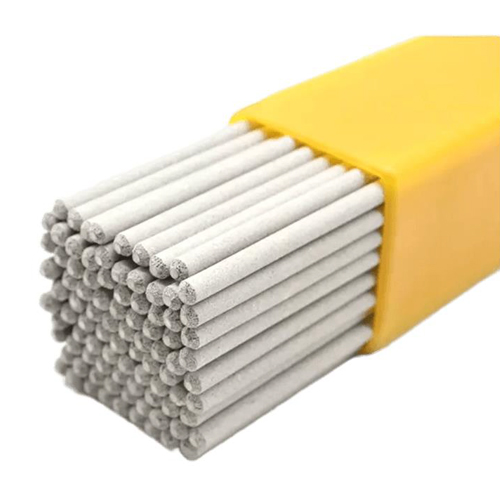

CKEditor Ecosystem Documentation Search in CKEditor 4 Search CKEditor 4 Guides Features Examples Support API CKEditor 4 reached its End of Life (EOL) in June 2023. From then on, it will receive no more updates, new features, bug fixes, and security patches. Visit CKEditor 5 Docs for the actively supported CKEditor or check Extended Support Model. Contribute to this guideReport an issue Source Code Editing Documentation Although CKEditor 4 strength lies in WYSIWYG editing, the underlying format of the editor content is usually HTML. However, working directly with HTML code is also possible thanks to the source code editing feature provided by the Source Editing Area and Source Dialog plugins. Both plugins introduce the Source toolbar button. Refer to the Source Code Editing article to learn more about this feature as well as the functional differences between the plugins. The following editor instances show how both plugins can be combined with classic and inline editor. Classic Editor with Default Source Editing Area Inline Editor with Source Dialog This inline editor instance is using the Source Dialog plugin for source editing. Follow the steps below to try it out: Click the Source button to display the HTML source of this text in the Source dialog window. Close the Source dialog window to return to the WYSIWYG view. The following configuration option was used: config.extraPlugins = 'sourcedialog'; Classic Editor with Source Dialog Related Features Output Control – HTML Output Formatting Output Control – BBCode Editing Output Control – Editing Complete HTML Pages Get Sample Source Code Classic editor with default source editing area Inline editor with source dialog Classic editor with source dialog © 2003-2023 CKSource. All rights reserved.
íshín-409NS has nominal composition (wt. %) of weld very like that deposited by E410 electrodes, viz. 12 Cr alloy, except that niobium has been added which produces a ferritic microstructure with fine grains. These electrodes are used for the welding of ferritic stainless steels such as Types 405 and 409. They are also used for the second and/or additional layers in the welding of Type 410 clad stainless steel and for the overlay of carbon and low-alloy steels. Preheat and post weld heat treatments are required to achieve welds of adequate ductility for many engineering purposes. This weld deposit cannot be expected to develop the strength and hardness of a fully hardened martensitic stainless-steel alloy such as Type 410.
These electrodes are designed for flat and horizontal fillet welding. In practice, most of these electrodes give higher deposition rates than their all-positional counterparts owing to their thicker coatings that contain higher levels of metal powders. The thicker coating gives larger fillet welds that are typically flat to concave. It also reduces the effects of core wire overheating, making 450 mm long electrodes possible for the larger electrodes, even with stainless steel core wire. Higher currents are usually required to achieve the necessary penetration compared to the all-positional types. The slag system of these electrodes is like those of the - 16 and -17 designations. The resulting slag may be more fluid and even slower freezing than that from -17 electrodes. The -26 electrodes are recommended for welding only in flat and horizontal fillet positions. Out of position welding may be possible with electrode sizes up to 3.2 mm diameter.
Storage and Drying Conditions: Hydrogen can have adverse effects on welds in some steels under certain conditions. One source of this hydrogen is moisture in the electrode coverings. For this reason, the proper storage, treatment, and handling of electrodes are necessary.
Holding Ovens: 125°C–150°C.
Drying Conditions: 250°C–425°C for 1 hour prior to use.
CHEMICAL COMPOSITION OF UNDILUTED WELD
|
C |
Cr |
Ni |
Mo |
Nb+Ta |
Mn |
Si |
P |
S |
N |
Cu |
Others |
|
0.10 |
11.0-14.0 |
0.60 |
0.75 |
0.50-1.50 |
1.00 |
1.00 |
0.04 |
0.03 |
NS |
0.75 |
NS |
Single values are maxima, except where specified otherwise.
ALL-WELD-METAL MECHANICAL PROPERTIES
Heat to 760°C to 790°C, hold for two hours (–0, +15 minutes), furnace cool at a rate not exceeding 55°C per hour to 595°C and air cool to ambient. Preheat: 150°C minimum and Interpass Temperature: 260°C maximum
|
Tensile Strength, MPa |
Yield Strength, At 0.2% Offset, MPa |
Elongation % |
Lateral Expansion, mm |
Charpy V-Notch Impact at NS°C, Joules |
|
450 |
NS |
20 |
NS |
NS |
Single values are minimal.
ELECTRODE SIZE & WELDING CURRENT (AC and DCEP)
|
DIAMETER, mm |
LENGTH, mm |
Amperes |
|
2.50 |
350 |
65-90 |
|
3.15, 3.20 |
350 |
90-120 |
|
4.00 |
350 |
120-150 |
|
5.00 |
350 |
160-200 |
WARNING: Safety and health information is available from many sources, including, but not limited to Safety and Health Fact Sheets listed in A11.3, ANSI Z49.1 Safety in Welding, Cutting, and Allied Processes published by the American Welding Society, 8669 Doral Blvd., Suite 130, Doral, FL 33166., and applicable federal and state regulations. The Safety and Health Fact Sheets are revised, and additional sheets added periodically.
◢